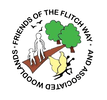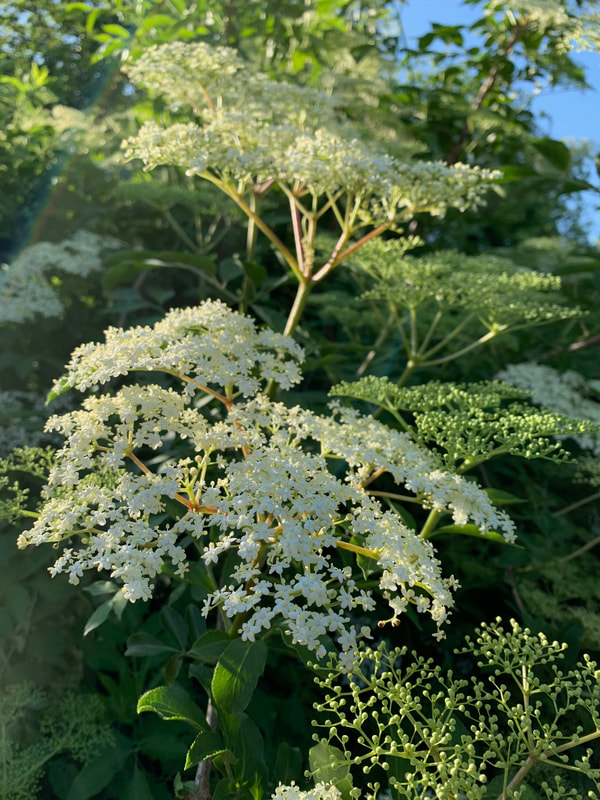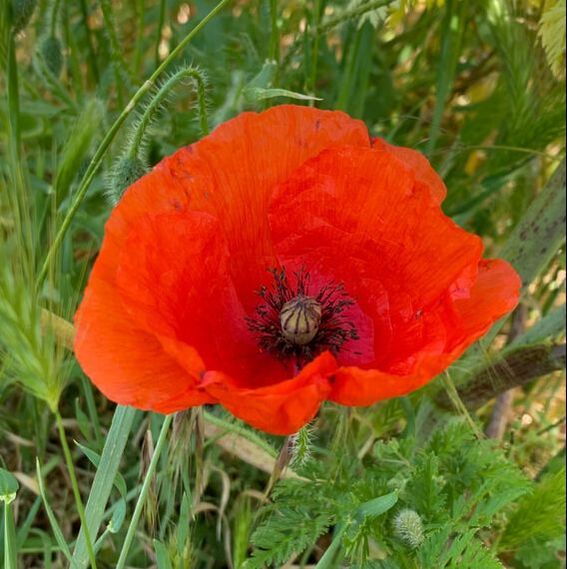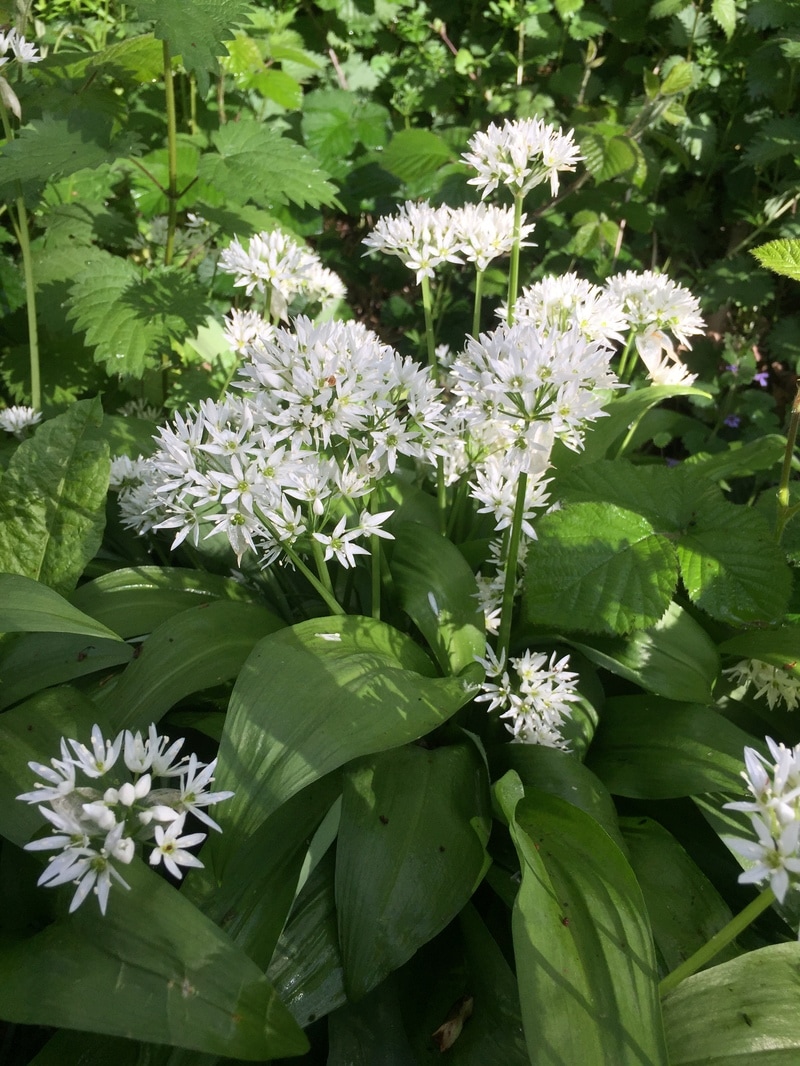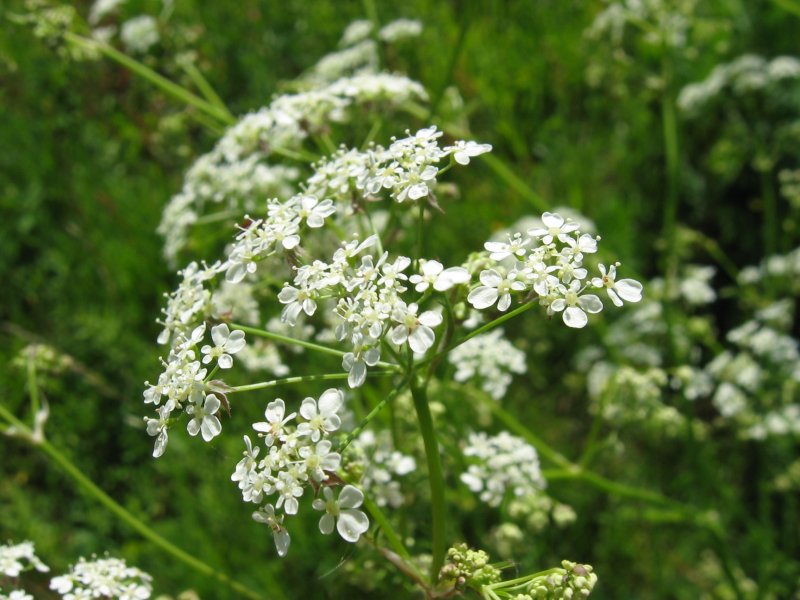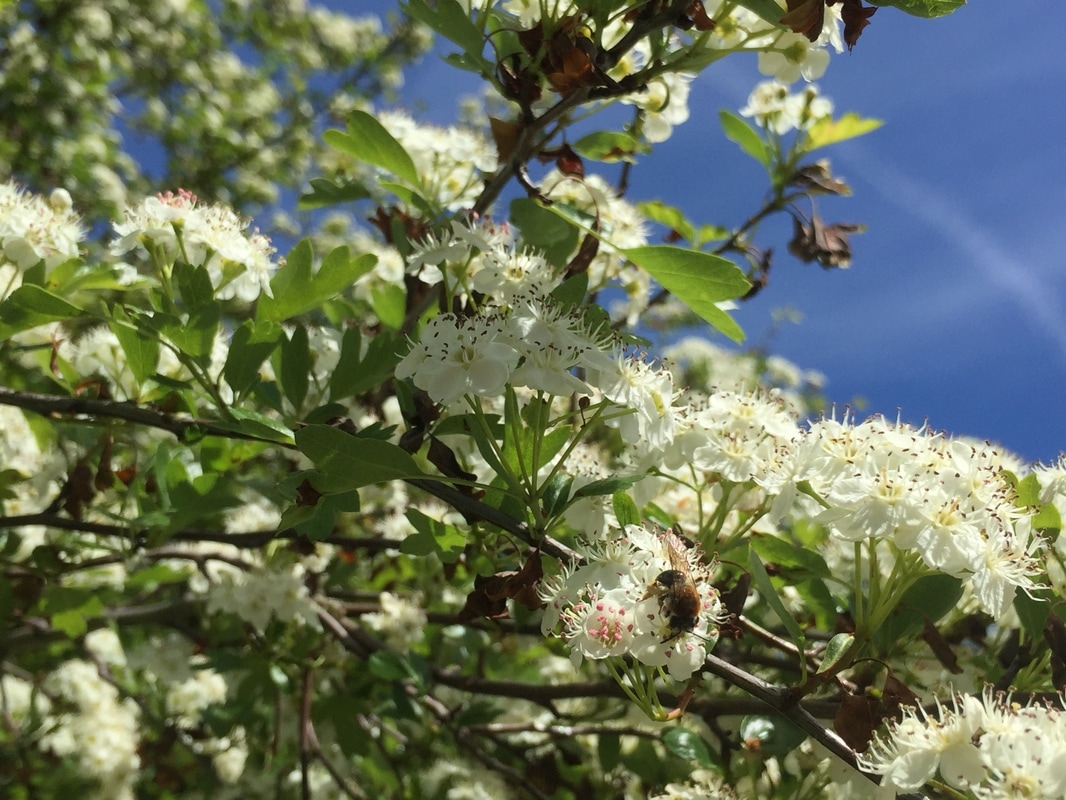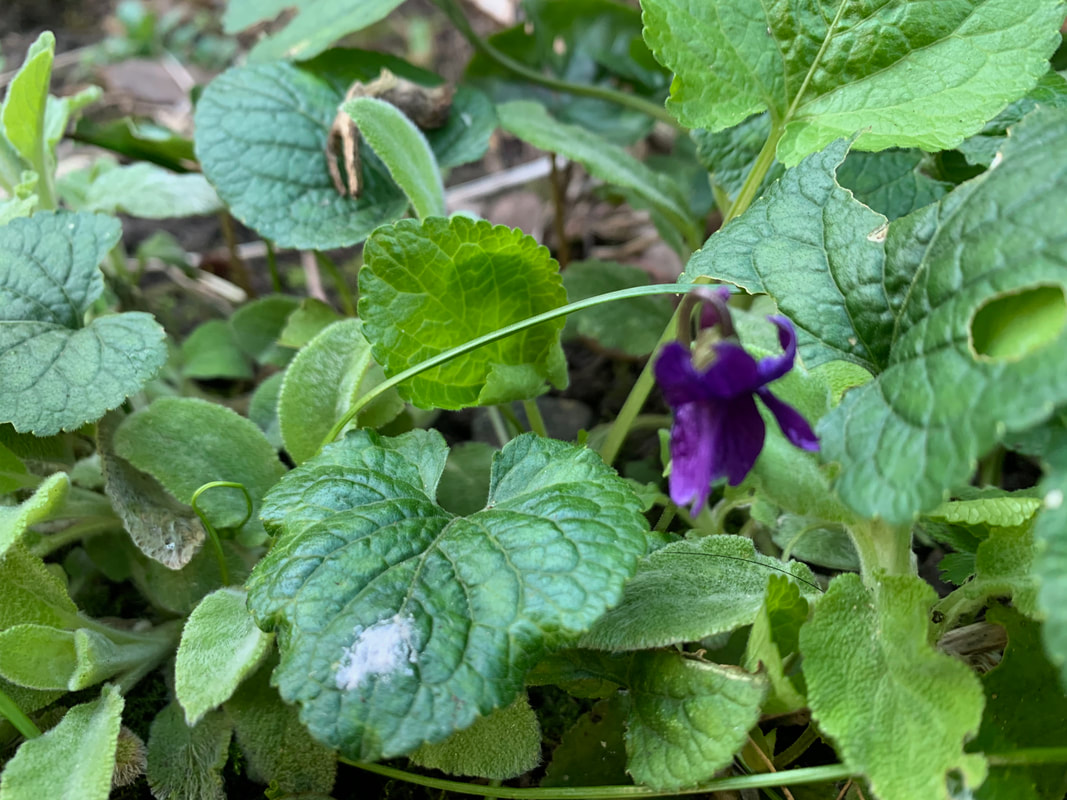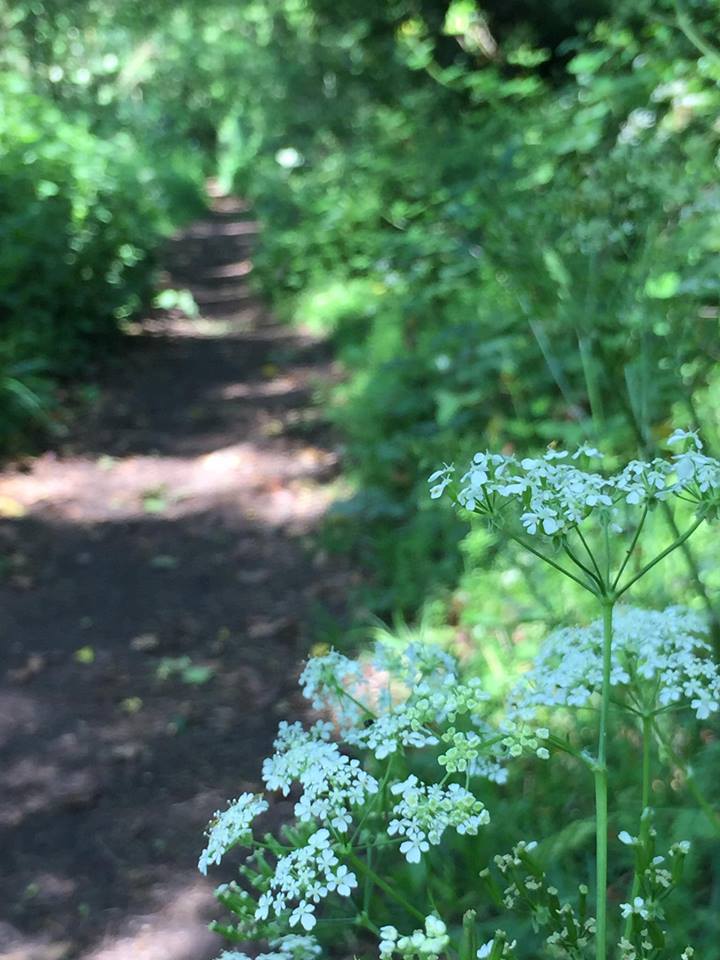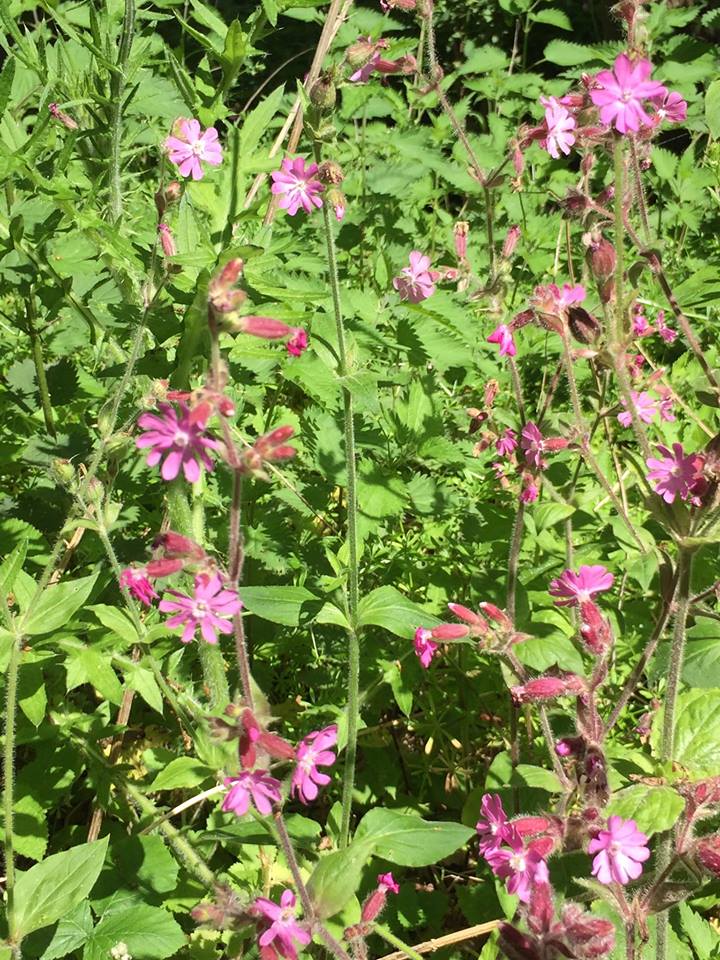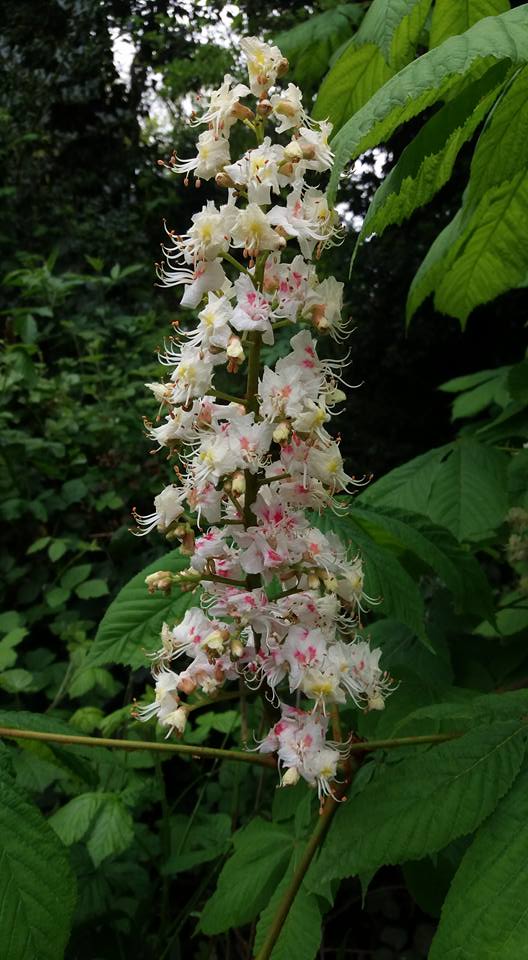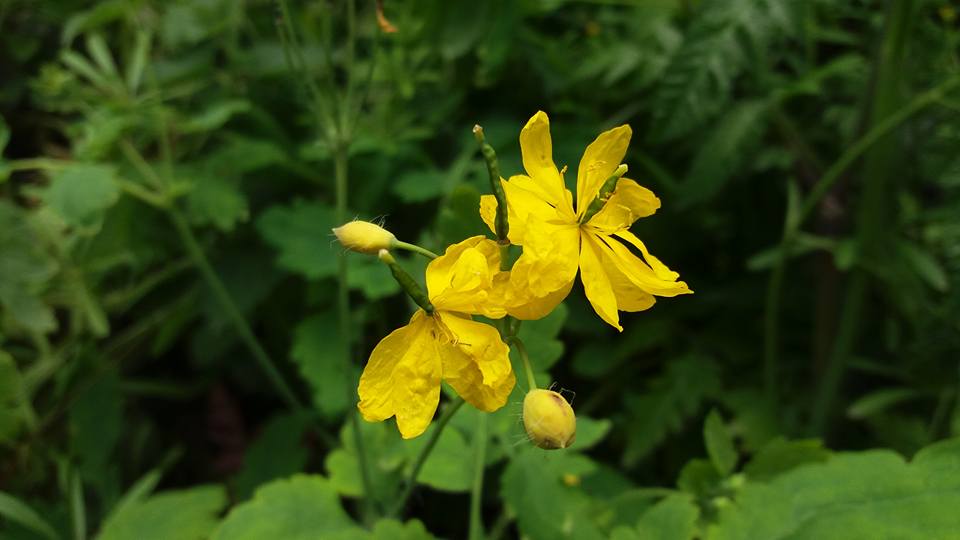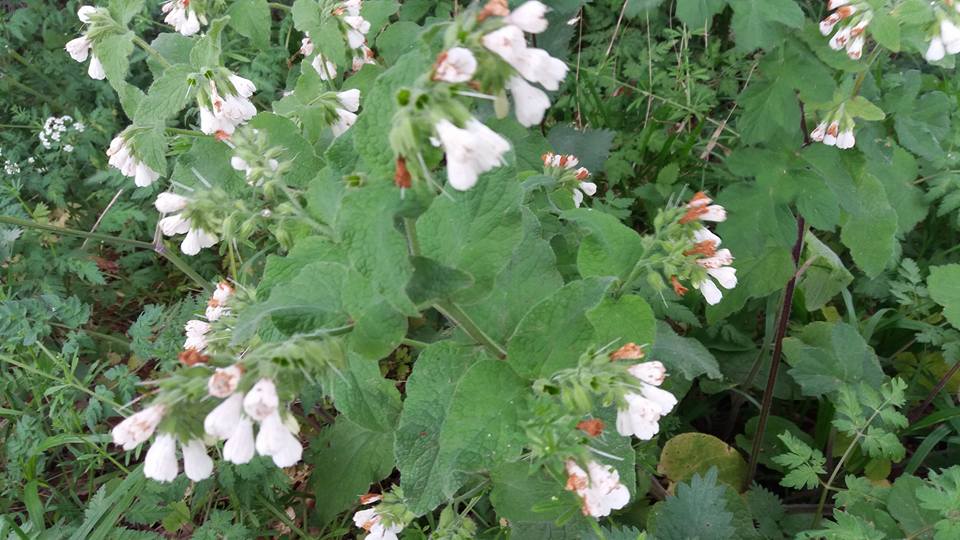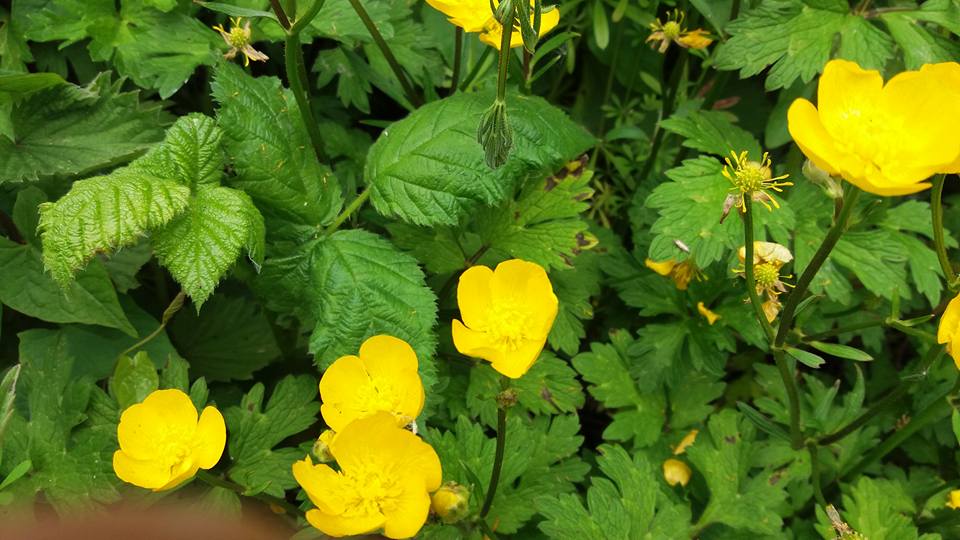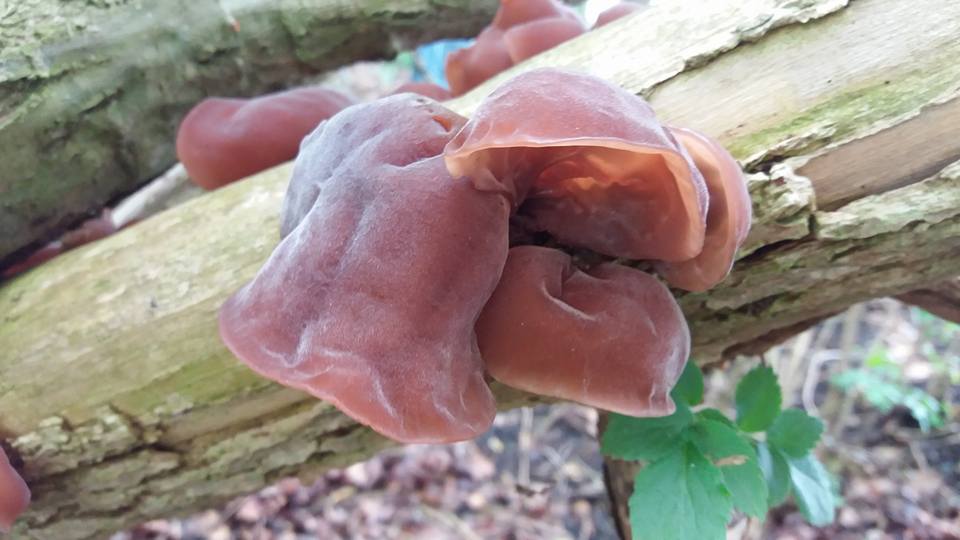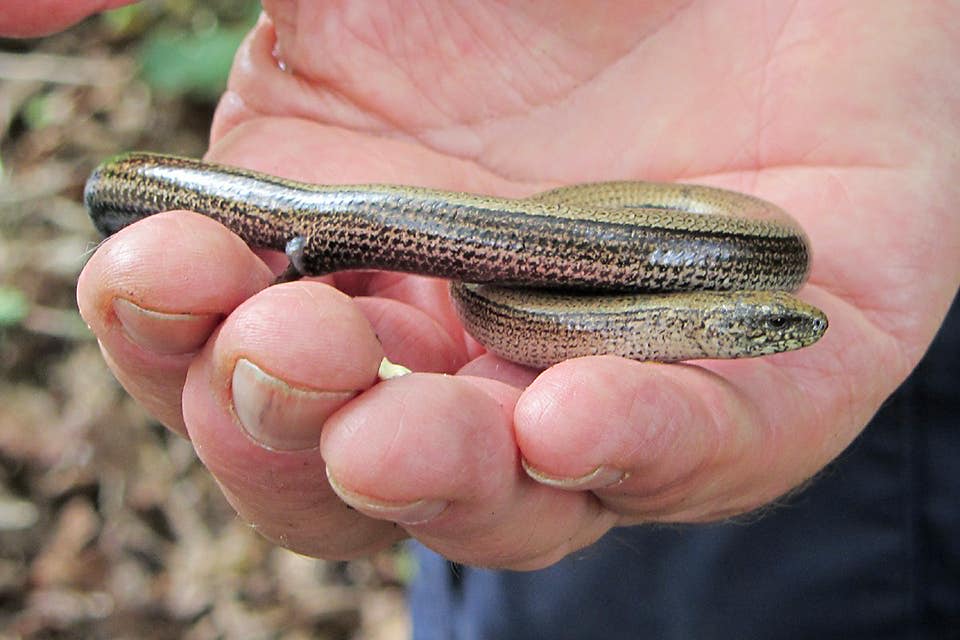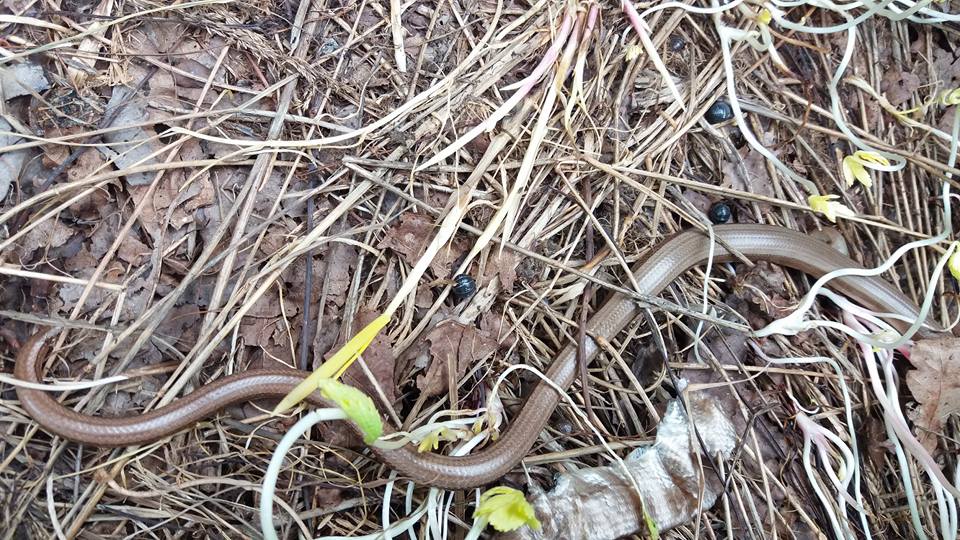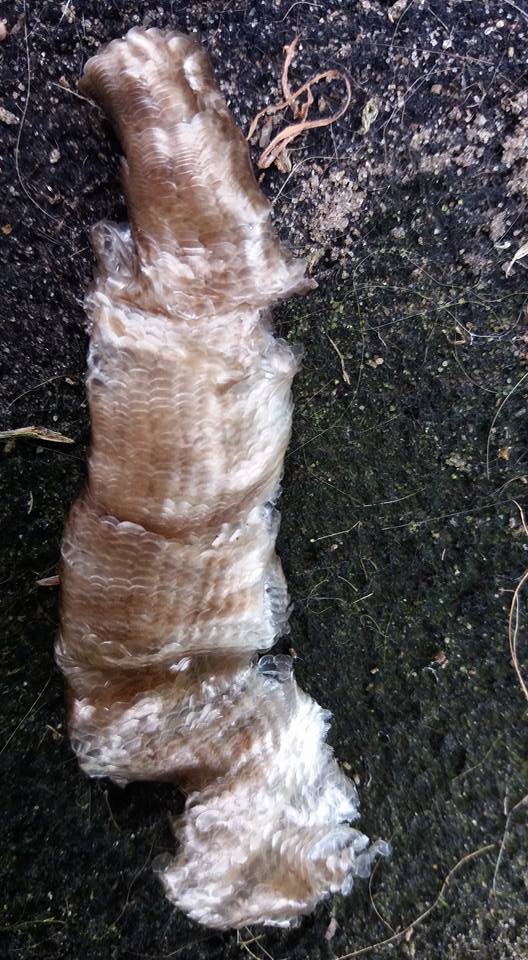Wildlife to watch in May
|
Elderflower The large frothy heads of Elder flowers can be found along the hedgerows at this time of year. The flowers have a delicious scent and are traditionally used to flavour drinks, fruit stews, jams and jellies. If left to its own devices, Elder can grow into a tree up to 10m in height with corky ridged bark. The scented flowers are very popular with insects. They develop into umbels of dark red berries in the autumn and the berries are a favourite food item of many birds. The flowers and berries are the only edible part of the plant. In times past, it was said that an elder planted by your house would keep the devil away. |
|
Poppy
Common or Corn Poppy is one of our most recognisable flowers. It thrives in disturbed ground hence the adoption as a symbol of remembrance after World War One, but its association with blood and new life dates back to the Egyptians and Romans who made garlands of Common Poppies to celebrate the gods and ensure the fertility of their crops. You often find it growing along building sites, field edges and banksides. Shaking the peppermill shaped seed heads when they are ripe produces a mass of tiny seeds which can be used as a sprinkle on bread or cakes. |
|
Wild Garlic
Wild garlic, or ramsons as they are locally known, spends most of the year as a bulb underground in ancient woodland, only emerging to flower and leaf between April and May. This early flowering allows it to make the most of the sunlight that is still able to make it to the woodland floor, before the canopy becomes too dense. Millions of bulbs may exist in one wood, causing the white, starry carpets and strong garlic smell we so keenly associate with this flower. Wild garlic attracts the attention of plenty of pollinating insects, including hoverflies, butterflies and longhorn beetles. The Latin name Allium ursinum reflects the fact they are a favourite food of bears coming out of winter hibernation. |
Cow Parsley
|
The frothy white heads of Cow Parsley line the sides of the Flitch Way and surrounding roadside verges in late spring. It is also known as Queen Anne’s Lace. The name Cow Parsley simply means an inferior version of Parsley. Cow Parsley is a hollow-stemmed, tall plant that grows rapidly in the summer before dying back. It has large, flat umbrellas of small, white flowers, and large, fern-like leaves. When crushed between the fingers, the leaves produce a strong, aniseed-like scent. One of several common members of the carrot family, this is the most abundant, and the earliest-flowering of the umbellifers. It can be confused with hogweed which has irritating sap and hemlock which is poisonous. |
Also look out for
Soprano Pipistrelle bat
The Soprano Pipistrelle bat is common and widespread throughout the UK. Soprano Pipistrelles have recently been recognised as a species separate from Common Pipistrelles.
Soprano Pipistrelles often chose habitats with semi-natural woodland or tree lines. They tend to avoid open habitats such as farmland, moorland and grassland.
They tend to emerge around 20 minutes after sunset, earlier on warmer nights and sometimes they emerge in daylight. Individuals often follow the same flight path every night.
Common Hawthorn
|
At this time of year the hedges are filled with the heady scent and white blossom of common hawthorn also known as mayflower. The deep red fruit called “haws” used to be made into jellies and jams. Common hawthorn can support more than 300 insects. Its flowers are eaten by dormice and provide nectar and pollen for bees and other pollinating insects. The haws are rich in antioxidants and are eaten by many migrating birds such as redwings, fieldfares and thrushes, as well as small mammals. The dense thorny foliage makes fantastic nesting shelter for many species of bird. |
Common Dog Violet
Go to next month's wildlife
